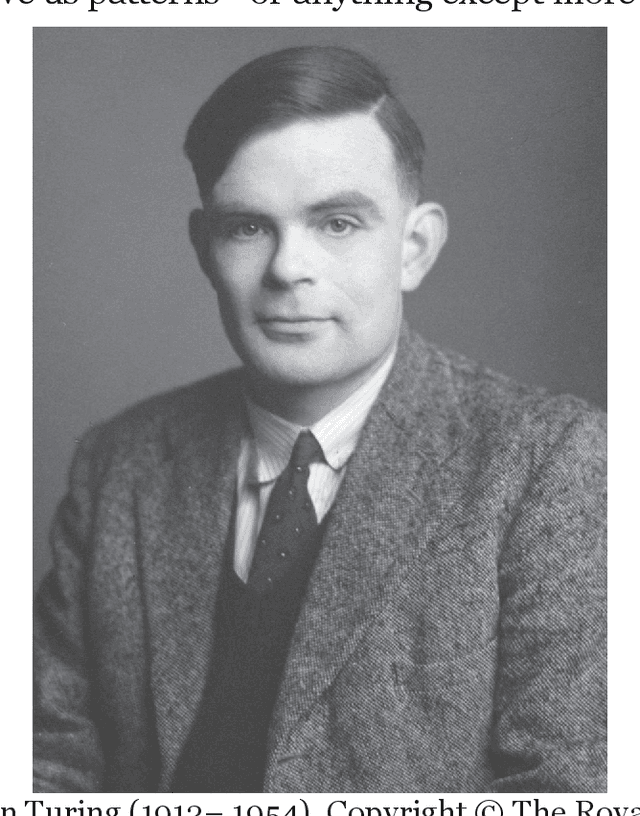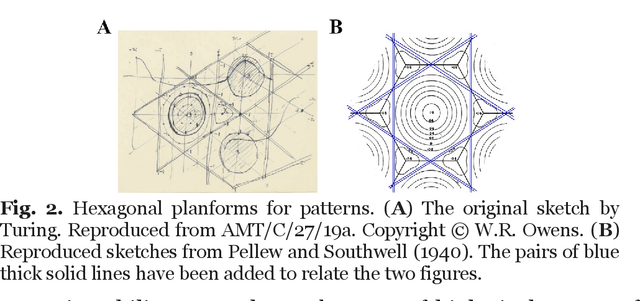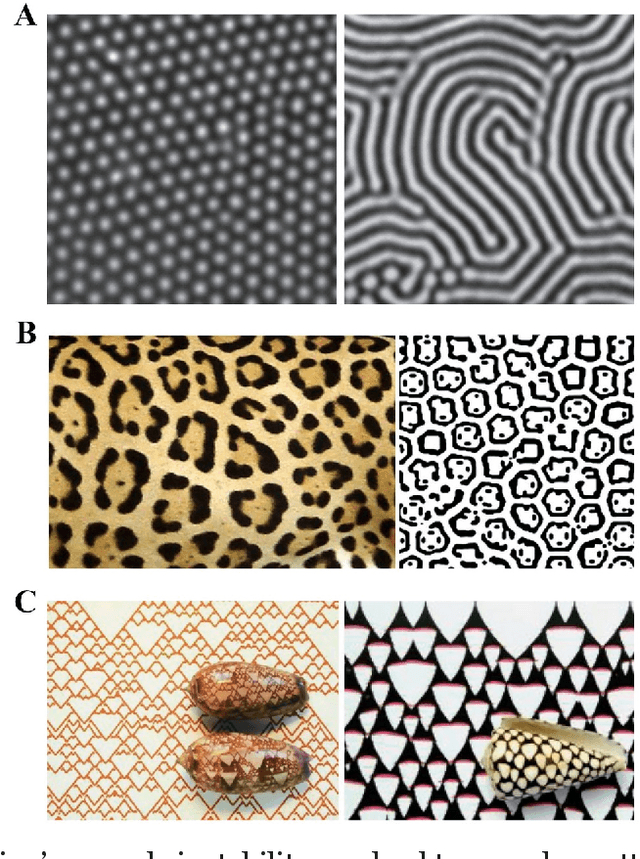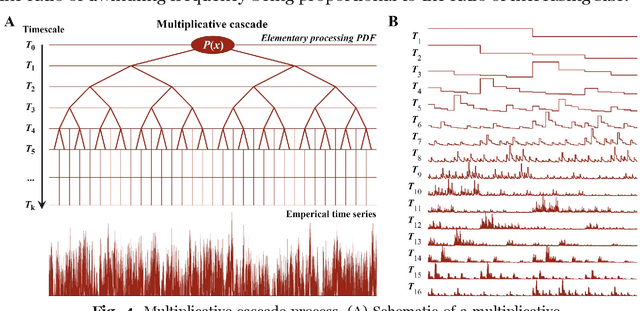Damian G. Kelty-Stephen
Multifractal-spectral features enhance classification of anomalous diffusion
Jan 15, 2024Abstract:Anomalous diffusion processes pose a unique challenge in classification and characterization. Previously (Mangalam et al., 2023, Physical Review Research 5, 023144), we established a framework for understanding anomalous diffusion using multifractal formalism. The present study delves into the potential of multifractal spectral features for effectively distinguishing anomalous diffusion trajectories from five widely used models: fractional Brownian motion, scaled Brownian motion, continuous time random walk, annealed transient time motion, and L\'evy walk. To accomplish this, we generate extensive datasets comprising $10^6$ trajectories from these five anomalous diffusion models and extract multiple multifractal spectra from each trajectory. Our investigation entails a thorough analysis of neural network performance, encompassing features derived from varying numbers of spectra. Furthermore, we explore the integration of multifractal spectra into traditional feature datasets, enabling us to assess their impact comprehensively. To ensure a statistically meaningful comparison, we categorize features into concept groups and train neural networks using features from each designated group. Notably, several feature groups demonstrate similar levels of accuracy, with the highest performance observed in groups utilizing moving-window characteristics and $p$-variation features. Multifractal spectral features, particularly those derived from three spectra involving different timescales and cutoffs, closely follow, highlighting their robust discriminatory potential. Remarkably, a neural network exclusively trained on features from a single multifractal spectrum exhibits commendable performance, surpassing other feature groups. Our findings underscore the diverse and potent efficacy of multifractal spectral features in enhancing classification of anomalous diffusion.
Turing's cascade instability supports the coordination of the mind, brain, and behavior
Apr 17, 2022



Abstract:Turing inspired a computer metaphor of the mind and brain that has been handy and has spawned decades of empirical investigation, but he did much more and offered behavioral and cognitive sciences another metaphor--that of the cascade. The time has come to confront Turing's cascading instability, which suggests a geometrical framework driven by power laws and can be studied using multifractal formalism and multiscale probability density function analysis. Here, we review a rapidly growing body of scientific investigations revealing signatures of cascade instability and their consequences for a perceiving, acting, and thinking organism. We review work related to executive functioning (planning to act), postural control (bodily poise for turning plans into action), and effortful perception (action to gather information in a single modality and action to blend multimodal information). We also review findings on neuronal avalanches in the brain, specifically about neural participation in body-wide cascades. Turing's cascade instability blends the mind, brain, and behavior across space and time scales and provides an alternative to the dominant computer metaphor.
 Add to Chrome
Add to Chrome Add to Firefox
Add to Firefox Add to Edge
Add to Edge